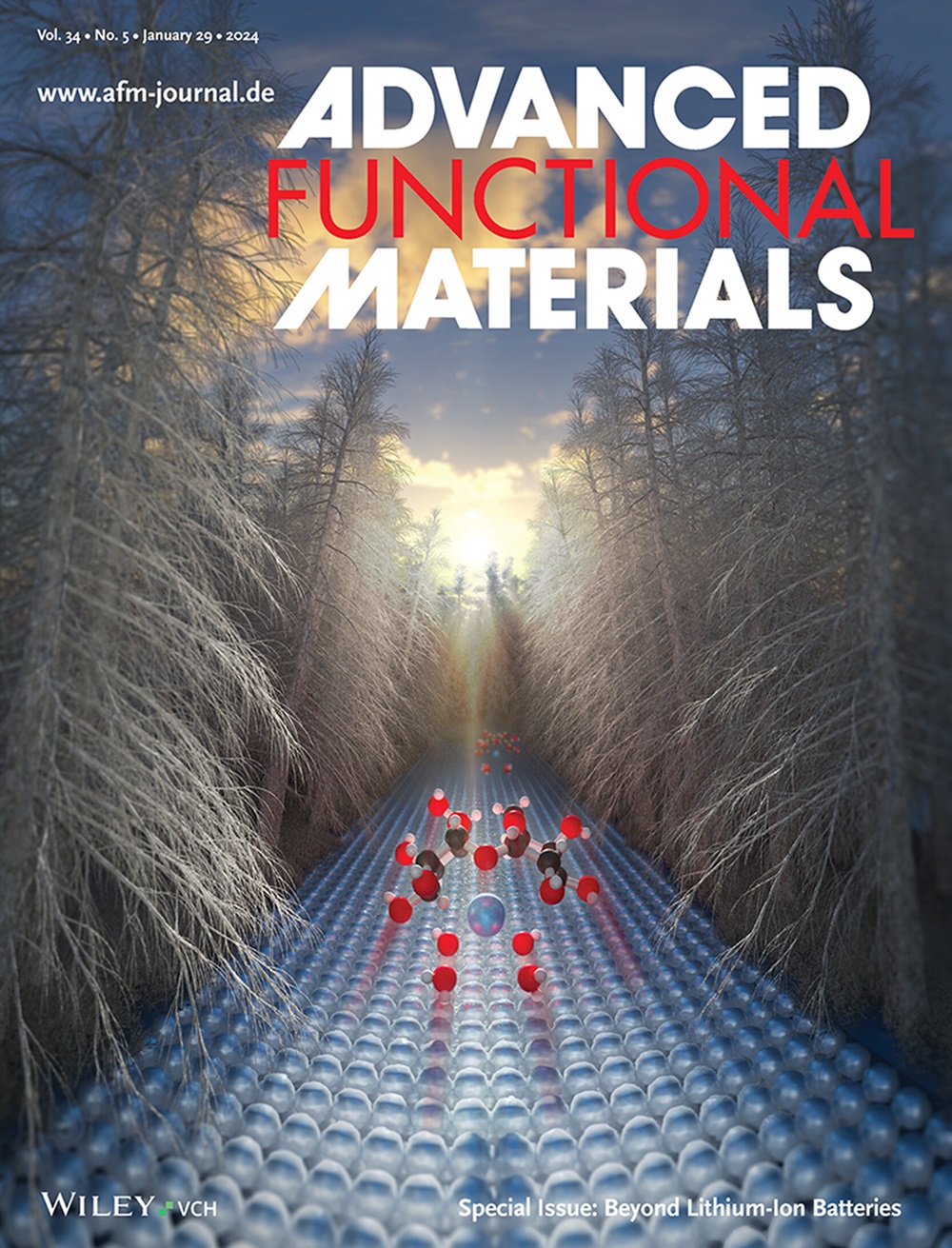Construction of Frustrated Lewis Pairs for Efficient Artificial Enzyme
IF 18.5
1区 材料科学
Q1 CHEMISTRY, MULTIDISCIPLINARY
引用次数: 0
Abstract
Optimizing the binding sites of substrates for small molecules activation plays a crucial role in enzyme-like catalysts design. Herein, the frustrated Lewis pairs (FLPs) are successfully constructed through boron (B) doping into CoOx (CoBOx) with abundant oxygen vacancies (Ov). The Ov optimizes the valence of active sites, creates a coordinatively unsaturated state, and elongates the distance of Lewis pairs. The electron-deficient Lewis acid (LA) sites (Co) facilitate the adsorption and dissociation of O2, and the electron-rich Lewis base (LB) sites (O) draw the positively charged TMB closer to Co sites and shorten the reaction distance, which synergistically improve the oxidase (OXD)-like activity. Besides, the increase of electron density induced by FLPs promotes the electrons transfer, intermediates stabilization, and decreases the energy barrier of the rate-determining step in adsorption and dissociation of O2. Significantly, in a proof-of-concept application of colorimetric biosensing platform, the as-developed FLPs in CoBOx demonstrate highly sensitive and selective detection capacity of dopamine (DA) targets. This work verifies the application possibility of activating small molecules through FLPs in enzyme-like catalysis.

求助全文
约1分钟内获得全文
求助全文
来源期刊

Advanced Functional Materials
工程技术-材料科学:综合
CiteScore
29.50
自引率
4.20%
发文量
2086
审稿时长
2.1 months
期刊介绍:
Firmly established as a top-tier materials science journal, Advanced Functional Materials reports breakthrough research in all aspects of materials science, including nanotechnology, chemistry, physics, and biology every week.
Advanced Functional Materials is known for its rapid and fair peer review, quality content, and high impact, making it the first choice of the international materials science community.
 求助内容:
求助内容: 应助结果提醒方式:
应助结果提醒方式:


